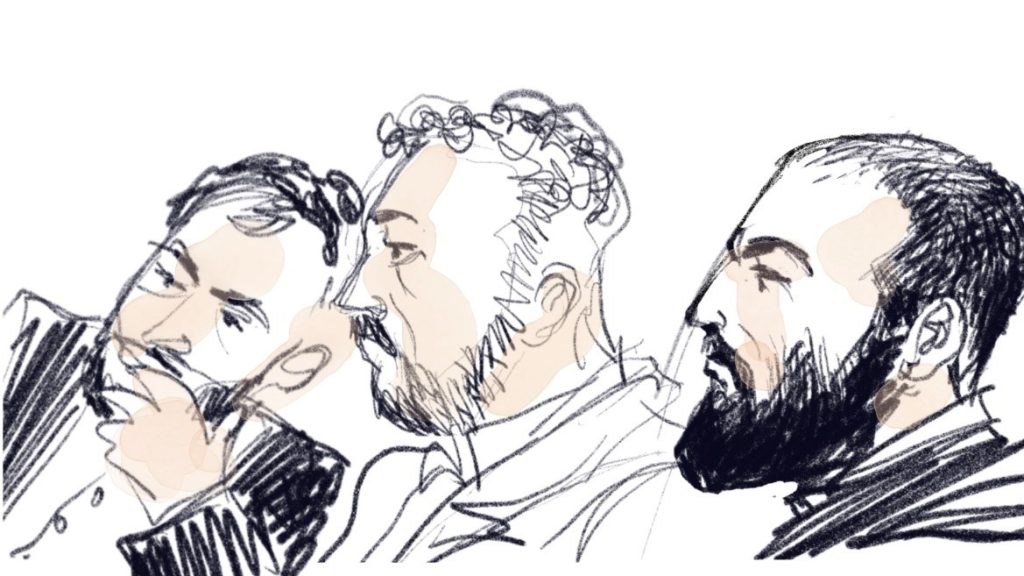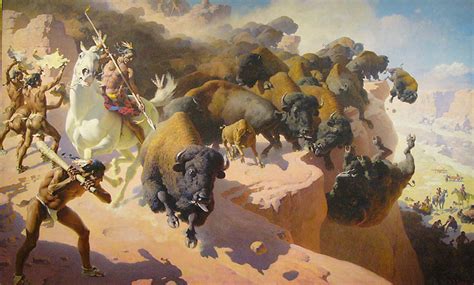
Harald Walach – In Praise of Death – A Critique of the Transhumanist Programme of the Abolition of Death, 15th December 2023 from Scientific and Medical Network on Vimeo.
Thoughts on Science, Medicine And Sundry Things
I was recently in Lithuania for a few days, in the capital Vilnius, for a meeting of the Next Society Institute at the Kazimieras Simonavičius University, which I have been a member of for half a year. This is a think tank of a small group of academics who are developing new concepts for different sectors of society (Fig. 1-4). We are planning a series of annual conferences with constructive models for the future.

Contrary to the current trend, which squeezes everything into the Procrustean bed of one true perspective and subordinates everything under one truth, we assume that there are many alternatives, many ways of expressing culture, being human, society, and thus also different futures, “futures” (plural), and not only the totalitarian one future, one truth, one health, one form of politics, one religion, one whatever. The conceptual basis is Niklas Luhmann’s theory of social systems [1].
The indigenous people of the prairies of North America originally fed on big game and buffalo. They hunted on foot before the horse was introduced to America by the Spanish in the 1500s [1, 2]. They took advantage of a characteristic of the buffalo: Buffaloes are herd animals. They follow the lead animal. Once the lead animal starts running, they all run after it. The Indians, “First Nations”, had special places where the prairie suddenly breaks off over a cliff. There they built fence-like obstacles that ran like a funnel from the prairie towards the cliff. Then they panicked the buffalo and drove them towards the obstacles. They all rushed after the lead animal. It ran, couldn’t stop in time and fell over the cliff, and they all fell after it to their doom. Down below, the hunters were waiting and could cut up the meat of the buffalo that had fallen to its death, and the hunt was over. When the Indians had horses, they applied the same principle, without fences, but with horses. In Montana there is a natural park called “Buffalo Jump” where many archaeological remains of this hunting technique have been found.

What was usually very convenient for the buffalo – relying on the experience of the leaders and the signals of the guards – was now their undoing.
“There is nothing more practical than a theory“, Einstein is supposed to have said. Whether real or well invented, this saying is good. This time, I want to shed light on the function of theories in normal science, but also in the Corona crisis, where – stay the hell away from me – people shout “conspiracy theory!”.
So, what is the “useful” thing about a theory? Theories in the broadest sense guide our perception. They express what we expect based on our prior knowledge. The everyday theory that the sun rises in the east and sets in the west is such a bundled experience. The bundling of previous experiences into an expectation according to which we act is useful, or, to speak with Einstein, practical. For it saves us from having to develop everything all over again. Perception without theory hardly works, or at least only in specially purified states of consciousness. Husserl, the founder of phenomenology, spoke of the fact that we have to leave out all our pre-conceptions (i.e. “theories”) if we want to perceive reality as it is [1]. This is a noble call, which is also made again and again by the spiritual meditation traditions: to let go of mental conditioning in order to perceive what is completely in the moment. If you meditate a lot, you can do that from time to time. But it would be too exhausting to do it all the time. We are also historical beings and bundle our experience – individual and cultural – into inner models of the world. In science, such models are called “theories”.
Recently, US philanthropist Robert T. Bigelow, who runs his own institute, offered what is believed to be the highest amount of money awarded for frontier research, if not in the scientific enterprise at all; only the Nobel Prizes are higher, as far as I know. A total of 1.8 million dollars is to be awarded for a text that irrevocably proves that death does not mean the absolute end of consciousness. The award ceremony is taking place in Las Vegas, Nevada, these days.
Bigelow is an aerospace entrepreneur who used to work on remote Earth habitats for NASA and still has many contracts with all sorts of aerospace companies and makes his money from them. He probably experienced a conversion experience of his own, much like astronaut Edgar Mitchell, who, while flying back to Earth from the Moon, famously described the beauty of the Earth and its embeddedness in a cosmic whole as a spiritual experience that changed him. Mitchell went on to found the “Institute of Noetic Sciences” in Petaluma, California. Much like Bigelow: He founded his own institute and has used his money over the years to fund academics who tread unusual paths, such as Charlie Tart, who studies extraordinary states of consciousness.